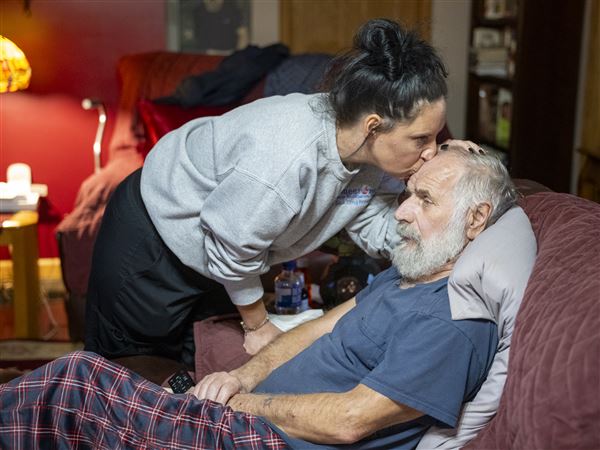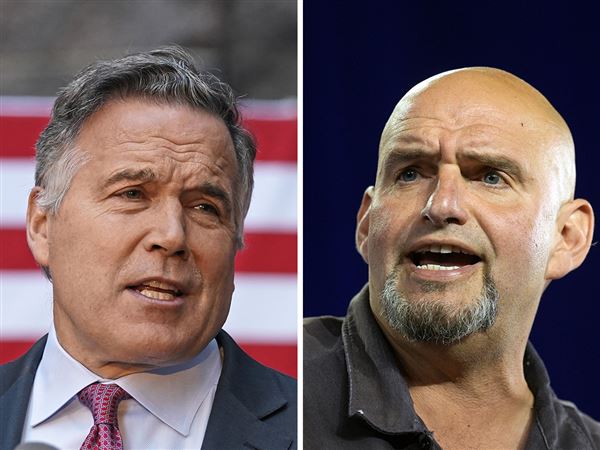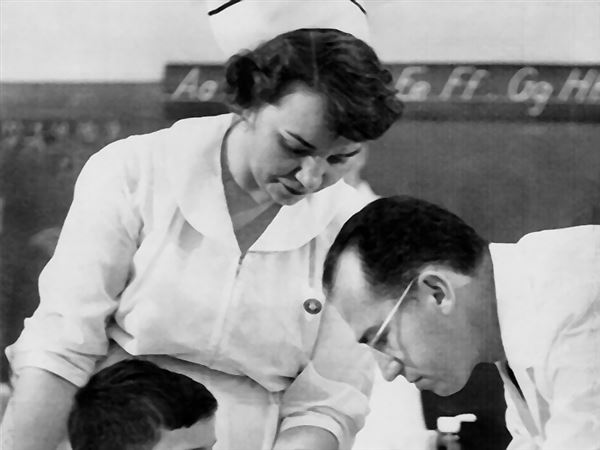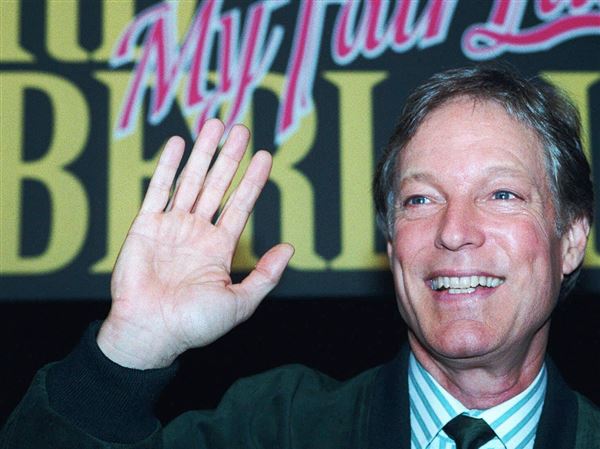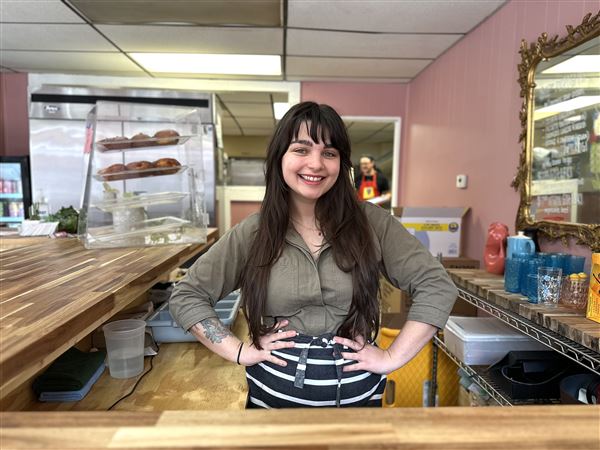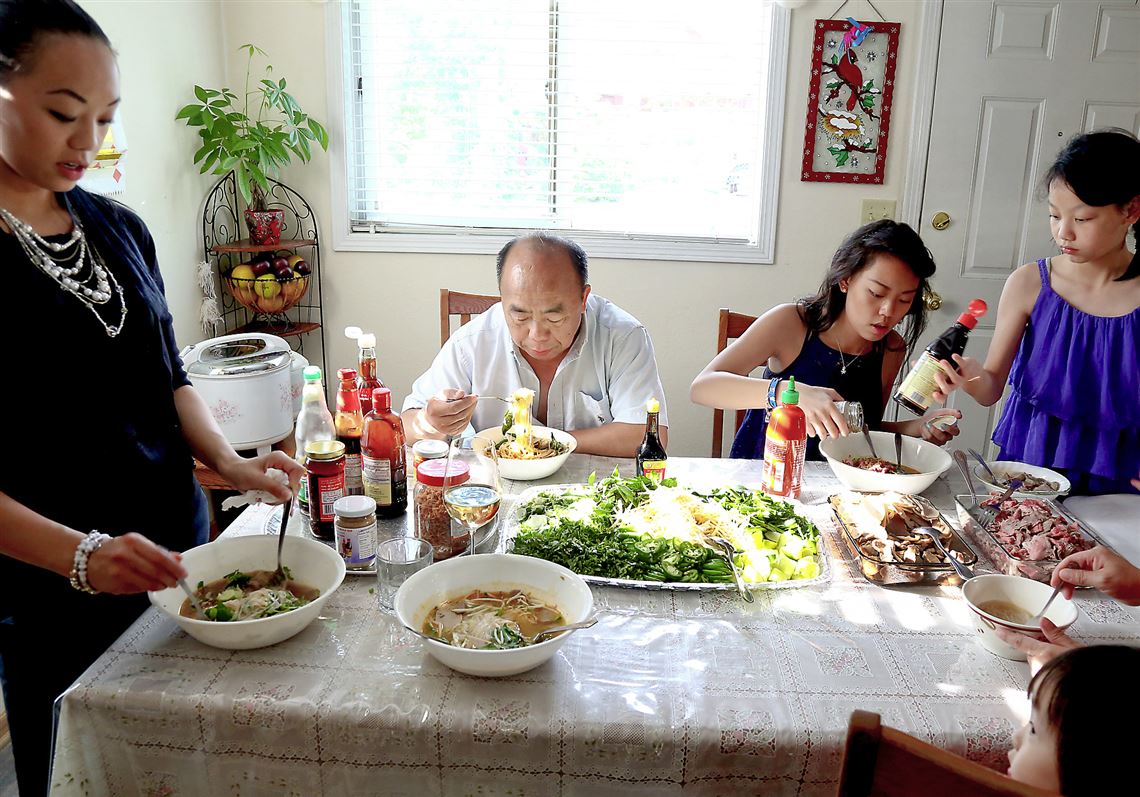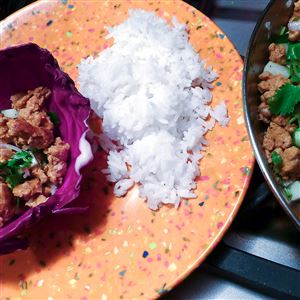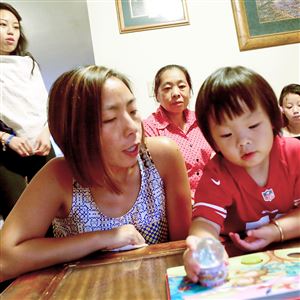MINNEAPOLIS — Blong Yang’s journey to Minneapolis City Council started 38 years ago in a refugee camp in Thailand.
The voluble, energetic councilman is a member of the Hmong people (pronounced mung), a mountain tribe from Laos that fought for the Americans during the Vietnam War and then fled the country when the conflict ended. Many of them landed in Minneapolis-St. Paul, and they have been a leading force in helping immigrants reach 10 percent of the region’s population over the past 45 years.
That is close to the national average of 13 percent and is far higher than Pittsburgh’s immigrant level of just 4 percent.
There are more Hmong descendants in Minneapolis-St. Paul than any other place in America, mostly in St. Paul. More than 64,000 Hmong live in the region, and they have elected Hmong residents of St. Paul to the state legislature, city council and school board.
Mr. Yang’s victory was surprising, he said, because there are fewer Hmong in Minneapolis and he represents a district that is predominantly African-American.
But it wasn’t just his win that made the 2013 election unusual. He was one of three foreign-born candidates who were chosen to the 13-member city council: The others were Abdi Warsame, a Somali immigrant who was raised in London; and Alondra Cano, who immigrated to the U.S. as a child from Mexico.
“I think folks have a better sense that we now have elected officials who look more like the demographics of the city,” Mr. Yang said in a June interview. “And I think people also see these people of color will not govern much differently than anyone else.”
Mr. Warsame agreed.
“I think the city politically is catching up to the demographics of the city,” he said. “Forty percent of Minneapolis is made up of ethnic minorities, and this is the first competitive election a member of our community has won, so it means a lot to us.”
A Hmong magnet
The Hmong, whose ancient roots are in China, have led the way in the Twin Cities’ demographic transformation.
It may seem strange that people accustomed to living in the mountainous jungles of Laos and Vietnam would migrate to a flat landscape known for its lakes and bone-chilling winters.
But three factors combined to propel the growth of the Hmong population.
The first was jobs, particularly manufacturing jobs that did not require people to speak English. Ryan Allen, an immigration policy expert at the University of Minnesota, said that during the 1980s and 1990s, “the kind of industrial downturn that Pittsburgh experienced never really happened in the Twin Cities. For most of that period, the economy here was much healthier.”
Sia Her, a Hmong-American woman who arrived in the United States at age 4 and heads the state Council on Asian Pacific Minnesotans, said she saw that in her own family.
Her father got a job with Sonic Innovations, a hearing aid company, after the family arrived in St. Paul, and once that happened, “we started becoming this family where my father worked overtime all the time, and the less I saw of my parents, the more money came into the home.”
The second force driving the Hmong to Minneapolis-St. Paul was the phenomenon known as “chain migration.” Family-centered cultures like the Hmong still tend to have more than one generation in the same household, and if one family member moves, so will the rest.
Alexander Cherching, a mobile phone business owner in St. Paul, said he had a good job selling investment and life insurance services in California when his brother got a job in the Twin Cities. Since the brothers were helping take care of their mother, Mr. Cherching moved, too. “Hmong families stick together,” he said.
Bao Vang, head of the Hmong American Partnership in St. Paul, said the usual magnet of ethnic migration was intensified in the Hmong because they are grouped into 18 clans, each of whose members carry the same last name, and “once you started having clan leaders who moved to Minnesota, then other people followed.”
Finally, nonprofit refugee resettlement groups and political leaders in the region reached out to the Hmong, just as they had earlier to refugees from Vietnam and Cambodia.
Groups like Lutheran Social Service and Catholic Charities led the way in helping the Hmong find homes, jobs and English language classes, Mr. Allen said, and political leaders like former St. Paul mayor George Latimer openly welcomed the new refugees.
Mr. Latimer used to brag about the achievements and upward mobility of the Hmong in St. Paul, according to the 2009 book “A People’s History of the Hmong,” and was able to get older Minnesotans to relate those successes to their own stories.
“If you spend a little time with a group of people in St. Paul, in any church basement or rec center, talking about this,” said the former mayor, “they’ll think back to when they or their parents or grandparents came, and it’s a vastly different place they came from, but you know what? There’s a tie there that is pure American; that cord is as old as our country.”
Successes and challenges
By some measurements, the Hmong in the Twin Cities have made remarkable progress. The older generation arrived without being able to speak or write English, and many of their children went on to become lawyers, doctors and business owners.
They and other immigrants also have revitalized many of the two cities’ run-down neighborhoods.
In the commercial corridor of Lake Street in Minneapolis, the University of Minnesota’s Mr. Allen said, Latinos and other immigrants have started businesses and established the Global Market, a shopping mecca with a wide range of international foods. “East Lake Street 20 years ago was known as an open air drug market, with a lot of vacancies, and nothing could be further from the truth today. Immigrants are the ones who revitalized that street.”
In the same way, Hmong business owners helped transform the declining corridor of University Avenue in St. Paul, and have even started their own malls, including one called Hmong Village.
While they are proud of such achievements, though, many Hmong leaders are worried about the future, particularly the struggle that Hmong children continue to have in the public schools.
“When we first got to this country, there was a sense of urgency to succeed,” said Chue Vue, a Hmong-American attorney who was elected to the St. Paul school board last year. “If you look at the lawyers and doctors and businessmen in our community, they come from that first group to go to school here. I see success in that group a lot more than our kids who were born here.”
“I feel there is this complacency in our community, and that is why I became interested in getting involved in education, because a lot of our kids don’t have the motivation and drive to reach their full potential.”
A report by the Southeast Asia Resource Action Center in Washington, D.C., showed that only 11 percent of Hmong Americans in Minnesota had university degrees, compared with 21 percent for the population as a whole, and 26 percent of the Hmong were living in poverty, compared with 8 percent of the general population.
There are also significant reading and math achievement gaps between Hmong and white students in the St. Paul schools.
Ms. Vang, of the Hmong American Partnership, said she is particularly concerned about the current generation of Hmong boys.
She said boys have always been favored by Hmong families, and she thinks that has made them self-satisfied. “As a result our boys are falling behind the girls. This is a problem when we comprise one third of the St. Paul public school population, and if this pattern continues it’s going to be a problem in the future.”
It’s a different story for Hmong girls, though, Mr. Vue said.
“Because girls in our culture are always facing an uphill battle on how they are perceived, they may have more to prove. They are probably more organized and more focused, and they have to fight to go to college. Hmong girls are model citizens in our schools. They are the least suspended kids in the schools.”
Some of the stalled progress among the Hmong in the Twin Cities may come from the very modesty of their aspirations, said Mr. Yang, the Minneapolis councilman.
“I think the average Hmong person is just thinking about the basic things they need for their families. The idea of the American dream for them is fairly simple: get married, have kids, buy a house, take care of your family and drive a Honda Civic. For our community, it’s get a job that pays $10 an hour and we’re good.”
New political perspective
Mr. Yang hopes the election that brought him and other immigrants into council chambers will provide new perspectives on city issues.
In his ward in north Minneapolis, for instance, one major challenge for Hmong families is adequate housing. The neighborhood is dominated by older, single-family homes, but it is still common for at least three generations of Hmong people to live in the same household, and he would like to see more flexibility on zoning laws and new home construction to accommodate those needs.
Like the Hmong, the Somali refugees who fled civil war in their nation to come to the Twin Cities have achieved a lot in just a few decades, but they still face major problems in getting good jobs, improving their education and dealing with an emerging problem of youth gangs.
They also bear the twin stigmas of being black and Muslim, and are facing special scrutiny now as a federal grand jury in St. Paul investigates recruitment of young Somalis to fight for the Islamic State and other terrorist groups in the Middle East.
“When you are the poorest people in the richest country in the world, it is never easy,” said the new councilman, Mr. Warsame (pronounced War-SAH-me).
“When Somalis came, they came with nothing. So they worked very hard and achieved a lot. Since 9/11 we have had this stigma of being Muslim, so it was easy to attack us -- we were African, we were black, we were Muslim. But by and large I think it is a very small group that has gone back” to the Middle East or Africa for terrorism training.
The center of Somali life in Minneapolis is Riverside Plaza, a modernistic high rise that was once featured as the location of Mary Tyler Moore’s apartment in her 1970s TV show. By the 1980s, Mr. Warsame said, the complex was filled with low-income residents and was known as the “crack stacks” because of its drug problems.
Then Somali refugees began locating there, he said, and “the owners figured these people paid rent on time and had families, so he called more and more, and it became the center of the Somali community.”
Mr. Warsame became head of the tenants association there, and that became his political power base. He helped lead efforts to redistrict the city to create a mostly black ward, and then swept easily to victory last November, despite his opponents putting several other men named Abdi on the ballot at the last minute.
When he was asked how well he thinks older Minneapolis residents have accepted Somalis, he reflected on a visit he made back to London in 2010.
“I got there, and there were so many eastern Europeans, I thought, this isn’t my London anymore. So when Minneapolis residents see older Somali women walking in their hijabs and talking, they may say this isn’t my Minneapolis anymore, and I can relate to that, because I experienced the same thing in London.”
But he also thinks the American attitude toward immigrants is distinctly different than in the UK.
“To me, to be an American is very different than being British. In London, I always had that internal dispute over whether I was really British, but I don’t have that with being an American, because this is a nation of immigrants.
“And I have to say, the larger community in Minneapolis are the best people I’ve ever lived amongst. I’ve never felt so at home.”
■ Monday: A Hmong artist and legislator tells his story. See section A.
First Published: September 28, 2014, 4:00 a.m.
